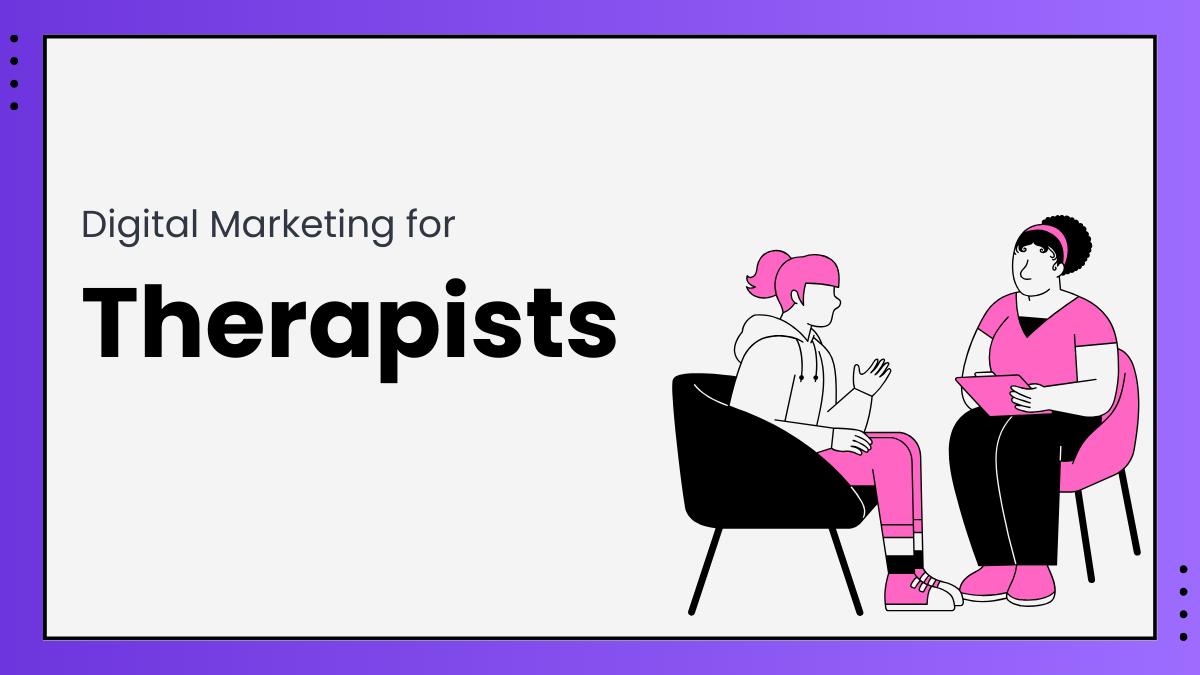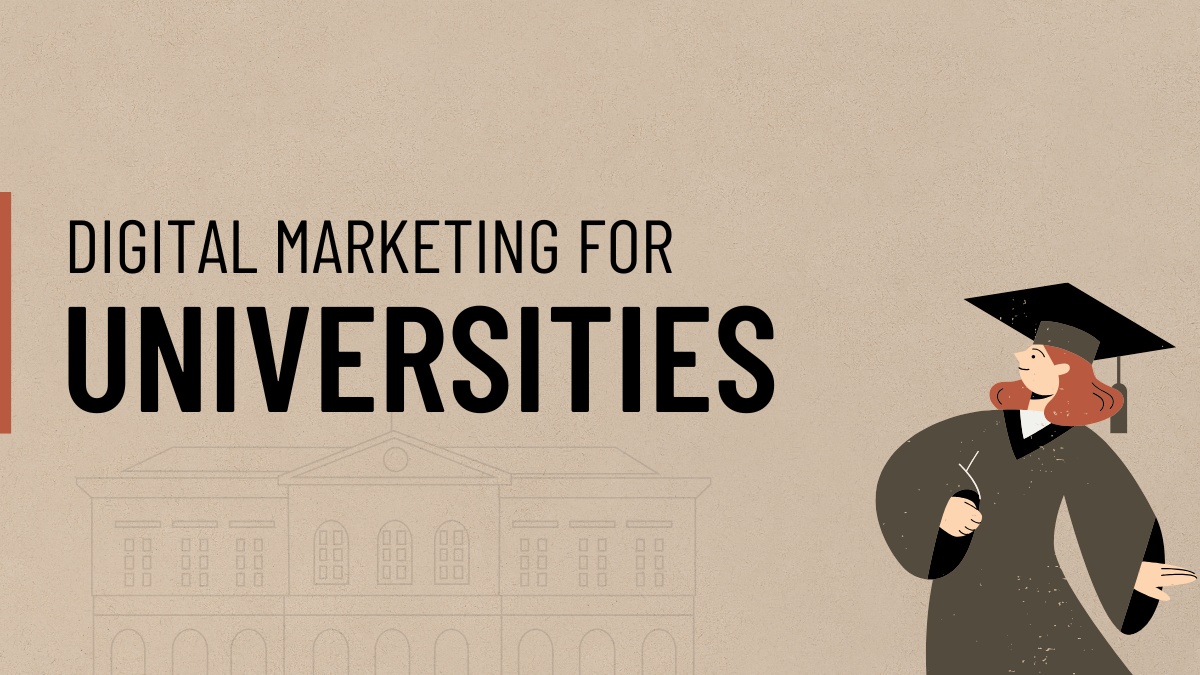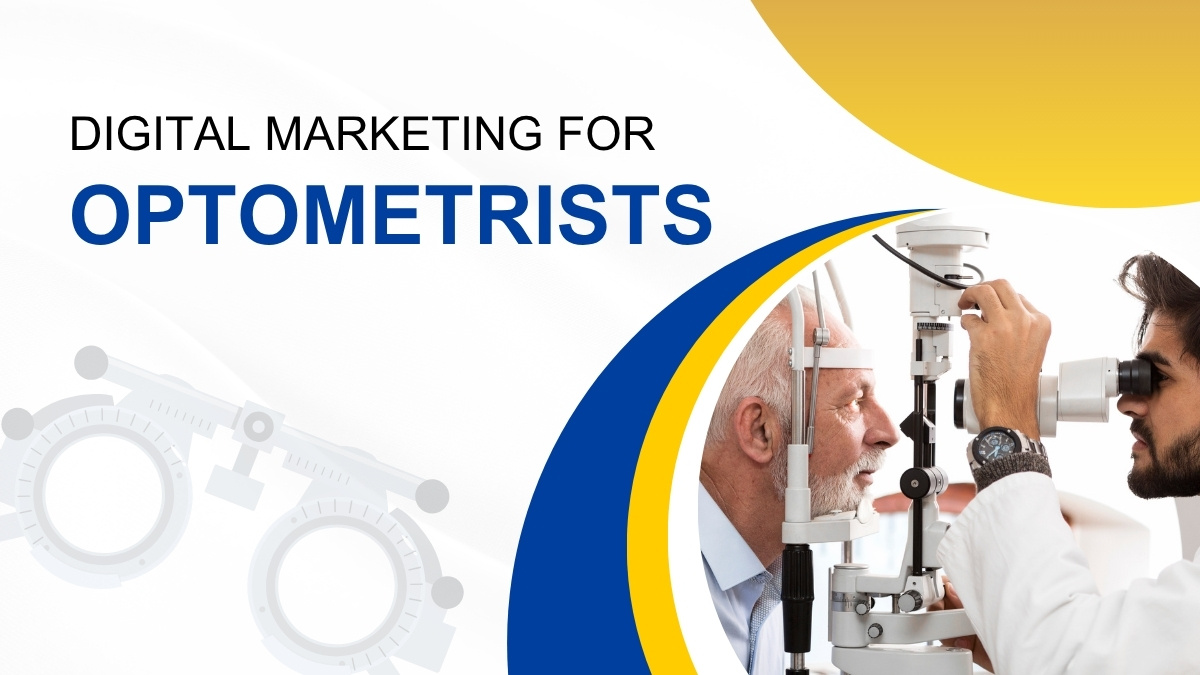
Digital Marketing for Therapists
Running a therapy practice is about helping people navigate life's challenges. But to help them, they first need to find you. This is where digital marketing comes in. It might sound like a complex, technical world, but it’s really just about connecting with the people who need your services, using the tools they already use every day.
This guide is designed to demystify digital marketing for therapists. We'll walk you through the essential strategies step-by-step, using simple language and practical examples. Think of this as your roadmap to building a stronger online presence, so you can focus on what you do best: providing care.
Why Digital Marketing Matters for Your Practice

In the past, a listing in the local phonebook and word-of-mouth referrals were enough to build a practice. Today, your potential clients are looking for help online. When someone is struggling and needs to talk to a professional, their first step is often a Google search like "therapist near me" or "anxiety counseling."
If you don't have a digital presence, you're essentially invisible to this large group of people actively seeking support. Digital marketing is about making sure you show up in those moments. It allows you to:
-
Connect with clients in your local area and beyond.
-
Share your expertise and approach, helping potential clients feel comfortable reaching out.
-
Position yourself as an expert in a specific area, like couples counseling, trauma therapy, or child psychology.
-
Attract a steady stream of ideal clients who are the right fit for your services.
Digital marketing gives you control over your practice's growth in a way that traditional methods never could.
Case Study: How Dr. Lee Built Her Practice Online
Dr. Lee, a family therapist in Seattle, started her private practice in 2020. Initially, she relied on referrals from colleagues and some local flyers. After launching a simple, mobile-friendly website and sharing weekly blog posts on parenting tips, she saw a 40% increase in website visits in just six months. Clients mentioned that they felt comfortable reaching out after reading her advice online—proof that even small digital steps can make a big impact.
Key Digital Marketing Strategies for Therapists

Let's break down the most effective digital marketing channels for your therapy practice. You don't need to master all of them at once. Start with one or two and build from there.
1. Your Website: The Digital Front Door
Your website is the heart of your online presence. It's often the first impression a potential client will have of you and your practice. A professional, welcoming website is non-negotiable.
Practical Tips for Getting Started:
-
Make it User-Friendly: Your site should be easy to navigate on any device—desktops, tablets, and especially smartphones. Many people will find you on their phones. Aim for simple menus and clear buttons so visitors don’t get lost or frustrated.
-
Clearly State Who You Are and What You Do: Your homepage should immediately tell visitors your name, your specialty, the types of clients you help, and your location.
-
Use High-Quality Photos: A professional headshot helps build a human connection. Photos of your office space (if applicable) can make the environment feel familiar and safe.
-
Create a Services Page: Detail the specific services you offer, your approach to therapy, and who can benefit from them.
-
Have a Clear Call-to-Action (CTA): Make it incredibly easy for visitors to take the next step. Use buttons like "Schedule a Free Consultation," "Contact Me," or "Book an Appointment."
-
Accessibility Matters: Use readable fonts, provide alt-text for images, and ensure your colors are easy to read. This not only helps those with disabilities but also improves your search rankings.
Example:
Let’s say you’re a therapist in Dallas specializing in couples counseling. Your website’s homepage headline could be: “Helping Dallas Couples Reconnect and Thrive—Book a Free 15-Minute Introduction Call.” This immediately tells visitors what you offer, who you help, and how to take the next step.
2. Search Engine Optimization (SEO): Helping Clients Find You
SEO is the process of optimizing your website so it appears higher in search engine results (like Google) for relevant queries. When a potential client searches for "grief counselor in Austin," SEO helps your website show up on the first page.
Practical Tips for Getting Started:
-
Use Local Keywords: Think about what your ideal client would type into Google. It's likely phrases that include your service and your location. Examples include:
-
"marriage counseling in Denver"
-
"therapist for teens San Diego"
-
"EMDR therapy near me"
-
Place Keywords Strategically: Include these phrases naturally in your website's page titles, headings, and body text. Your homepage title could be "Compassionate PTSD Therapy in Chicago."
-
Create a Google Business Profile: This is a free and powerful tool. It allows your practice to appear in Google Maps and the local search results. Fill out your profile completely with your address, phone number, hours, and website.
-
Create Blog Content: Writing articles that answer common questions (like “What to expect in your first therapy session?”) helps attract people searching for those answers.
Example Blog Topics:
-
“How to Know If Therapy Is Right for You”
-
“Managing Social Anxiety: Tips from a Therapist”
-
“What Happens During Couples Counseling?”
Each article becomes another pathway for clients to find your site.
Real-World Success:
After adding location-based keywords and publishing two blog posts a month, Dr. Ahmed’s website moved up to the first page of Google results for “child therapist in Miami” within four months.
3. Social Media: Building Community and Trust
Social media isn't about getting thousands of followers. For therapists, it's a tool to build trust and share your voice. It helps potential clients get to know you as a person and understand your therapeutic approach before they even book a session.
Practical Tips for Getting Started:
-
You don't need to be everywhere. For therapists, platforms like Instagram, Facebook, or LinkedIn are often the most effective. Pick one platform and focus on doing it well.
-
Post tips for managing stress, articles about mental health, or short videos explaining a therapeutic concept. The goal is to provide value, not to sell.
-
Share a bit about yourself (while maintaining professional boundaries). Talk about why you became a therapist or what you believe about healing. This humanizes you and makes you more approachable.
-
Instagram and Facebook have “Stories” and “Live” features that let you connect informally, answer common questions, and break down barriers between you and your audience.
Content Ideas:
-
Share inspirational quotes about growth and healing.
-
Answer frequently asked mental health questions.
-
Go live once a month for a “Q&A with a Therapist.”
Analogy: Think of social media as your practice’s waiting room. You welcome people in, answer their questions, and help them get comfortable enough to say “I’m ready to talk.”
Case Study:
By posting simple weekly advice and responding to comments personally, therapist Maria Hernandez gained three new clients in one month—all of whom mentioned her Instagram page as how they found her.
4. Email Marketing: Nurturing Connections
Email marketing is a direct and personal way to stay in touch with people who are interested in your services. It's not about spamming inboxes. It's about nurturing relationships with people who have given you permission to contact them.
Practical Tips for Getting Started:
-
Add a simple sign-up form to your website. Offer something valuable in exchange for an email address, like a free downloadable guide on "5 Mindfulness Exercises for Anxiety" or a "Self-Care Checklist."
-
When someone signs up, send an automated email that thanks them, delivers the free resource, and tells them what to expect from future emails.
-
Send a monthly or bi-weekly newsletter with a blog post, a mental health tip, or an inspiring quote. This keeps you top-of-mind and continues to build trust.
-
Personalize where possible—for example, segment your email list by interest—grief counseling, couples therapy, etc.—to send more relevant content.
Real-Life Example:
A therapist in Boston offered a free mini-course on stress management to new email subscribers. Not only did her list grow, but several subscribers turned into paying clients within a month.
5. Online Advertising: Reaching a Targeted Audience
Online advertising, or pay-per-click (PPC) ads, involves paying to have your ad appear in search results or on social media. While it requires a budget, it can deliver fast results by putting you directly in front of people actively looking for a therapist.
Practical Tips for Getting Started:
-
Start with Google Ads: You can create ads that appear at the top of Google search results for specific keywords. For example, you can run an ad that shows only to people in your city who search for "couples therapy."
-
Set a Clear Budget: You can start with a small daily budget (e.g., $10 or $20) to test the waters. You only pay when someone clicks on your ad.
-
Focus on Your Landing Page: The page people land on after clicking your ad should be directly relevant to their search. If your ad is for "anxiety treatment," the page should be all about your anxiety treatment services, with a clear way to book a consultation.
-
Test and Adjust: Run your ads for a week or two, check performance, and adjust keywords or budget based on results.
Example:
If you notice that “teen therapy Los Angeles” gets more clicks than “teen counselor LA,” focus your ad spend on what’s driving traffic.
6. Online Directories and Professional Listings
Don’t overlook therapy-specific online directories such as Psychology Today, TherapyDen, or GoodTherapy. Many people use these sites as their first stop when searching for a therapist.
Tips for Maximizing Directory Listings:
-
Fill out your profile completely and use a friendly, inviting headshot.
-
Highlight your specialties, treatment approaches, and unique qualities.
-
Update contact information regularly and check your messages often.
Pro Tip: Encourage clients (when ethical and allowed) to leave positive reviews, as social proof helps others feel confident reaching out.
7. Video Marketing: Letting Clients See the Real You
Video content is a powerful way to demystify therapy and put potential clients at ease. You don’t need fancy equipment—a smartphone in good lighting will do.
Video Ideas:
-
Create a short “About Me” video introducing yourself and your approach.
-
Walk viewers through what a first session is like.
-
Share quick tips for managing common challenges like anxiety or insomnia.
Videos can be posted on your website, YouTube, or social media channels. They foster trust and help viewers feel like they already know you before they reach out.
Common Mistakes to Avoid

As you start your digital marketing journey, be mindful of these common pitfalls:
-
Trying to Do Everything at Once: This leads to burnout and mediocre results. Start with a great website and one other channel, like SEO or social media. Master that before adding another.
-
Being Inconsistent: Digital marketing is a marathon, not a sprint. Posting on social media for one week and then disappearing for a month won't work. Consistency is key to building momentum and trust.
-
Using Technical Jargon: Speak to your clients in a way they can understand. Avoid clinical language in your marketing. Instead, focus on the problems you help solve and the outcomes your clients can expect.
-
Ignoring Ethical Guidelines: Always adhere to HIPAA and your professional board's ethical guidelines regarding client confidentiality, testimonials, and making claims about treatment outcomes.
-
Neglecting Follow-Ups: If someone inquires but doesn’t book right away, follow up with a friendly email a week later. Sometimes, a gentle reminder is all it takes.
How to Measure Your Success

How do you know if your marketing efforts are actually working? You don't need complicated tools. Focus on these simple metrics:
-
Use a free tool like Google Analytics to see how many people are visiting your website each month. Is the number growing?
-
New Client Inquiries: This is the most important metric. How many calls, emails, or form submissions are you getting from your website? Track this number month over month.
-
Periodically search for your main keywords (e.g., "therapist in [your city]") to see if your website is moving up in the search results.
-
On social media, look at the number of likes, comments, and shares on your posts. This tells you if your content is resonating with your audience.
-
For paid ads, keep it simple: Are you getting more clients than what you’re spending? Even one new recurring client per month can more than justify a modest advertising budget.
Example:
Sarah, a therapist in Atlanta, regularly reviews her website traffic and notices that most new clients visited her site’s “Anxiety Resources” page before contacting her. Seeing this, she creates more articles on anxiety management, which boosts inquiries.
Final Thoughts
You don’t need to be a marketing expert to attract new clients online. What matters most is being authentic, clear, and consistent. Invest where it makes sense for your practice—maybe that’s a user-friendly website, maybe it’s regular Instagram posts, or perhaps a monthly newsletter.
If you ever feel lost, remember: digital marketing is about meeting your clients where they are and helping them feel confident taking the step to reach out. Start with one action this week—whether it’s updating your website bio, claiming your Google Business Profile, or posting a helpful tip on social media. Each small effort is a vital part of building relationships and making a difference beyond your office walls.
30 minutes
Expert Consultation
Terms & Agreements
By booking a free 30-minute consultation, you agree to our terms, including scheduling, cancellation policies, and confidentiality. The session provides expert advice without guarantees of specific outcomes or results.






Leave a Reply
Your email address will not be published. Required fields are marked *